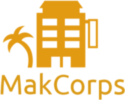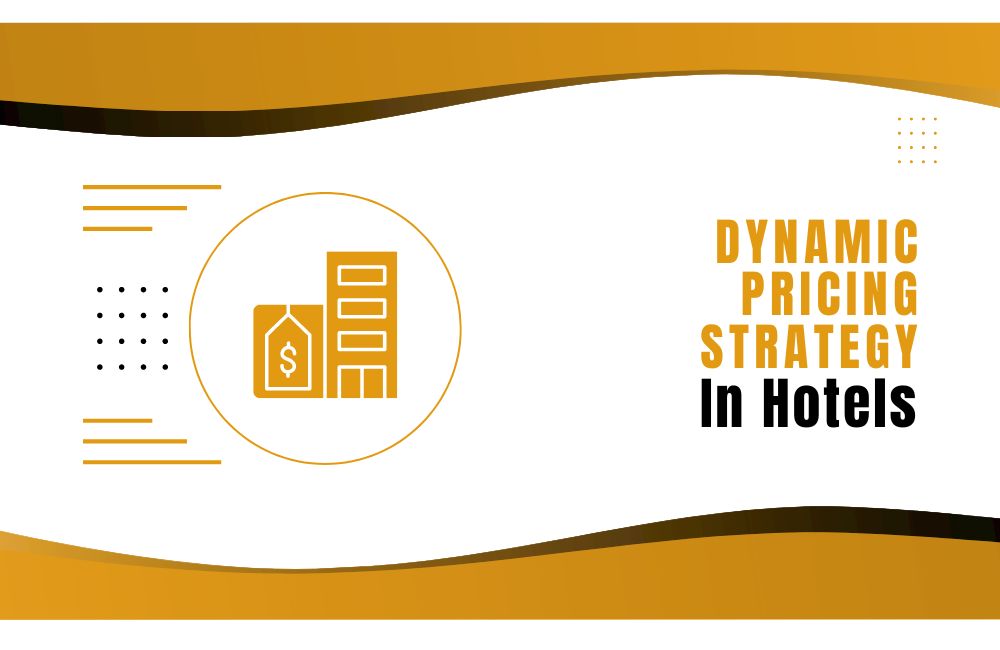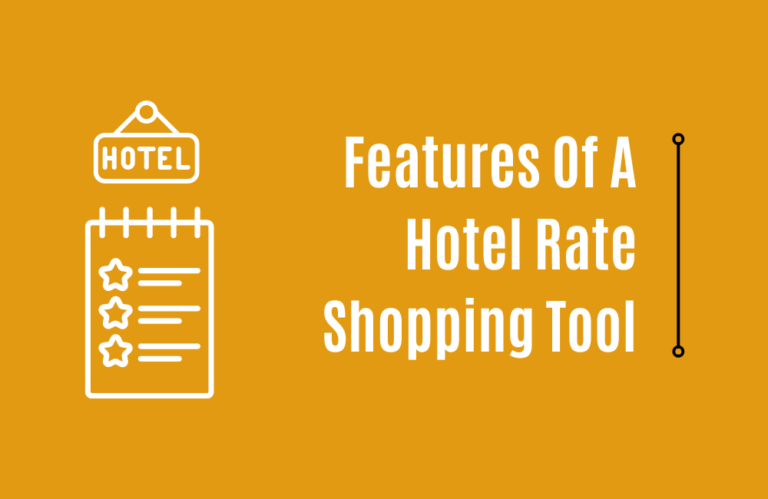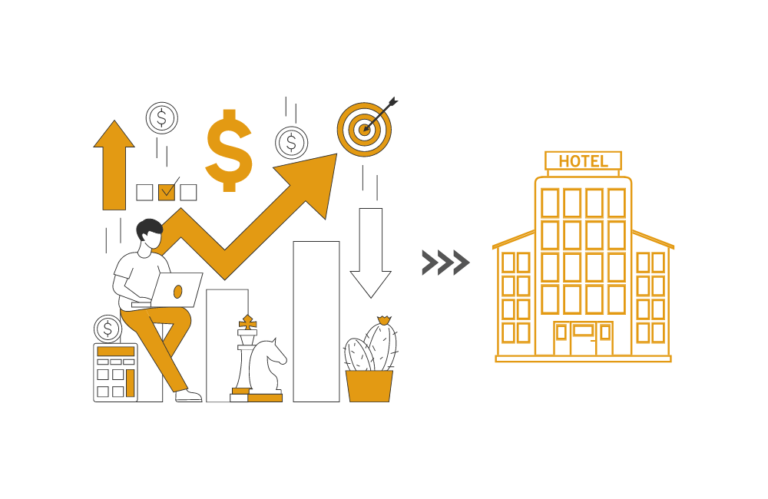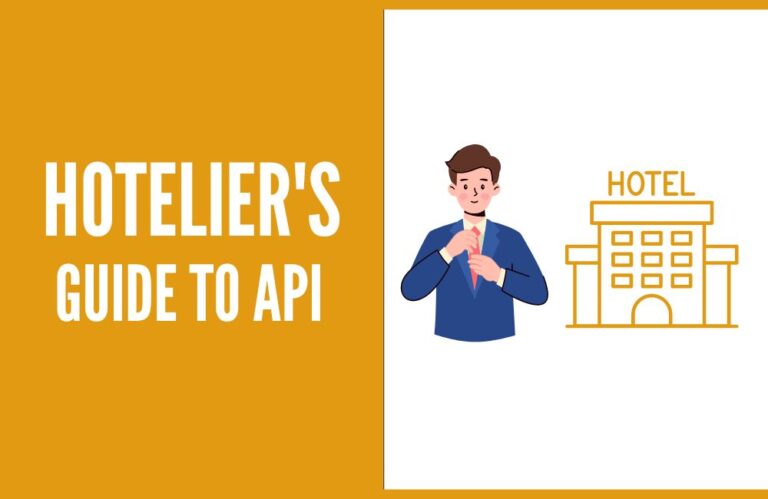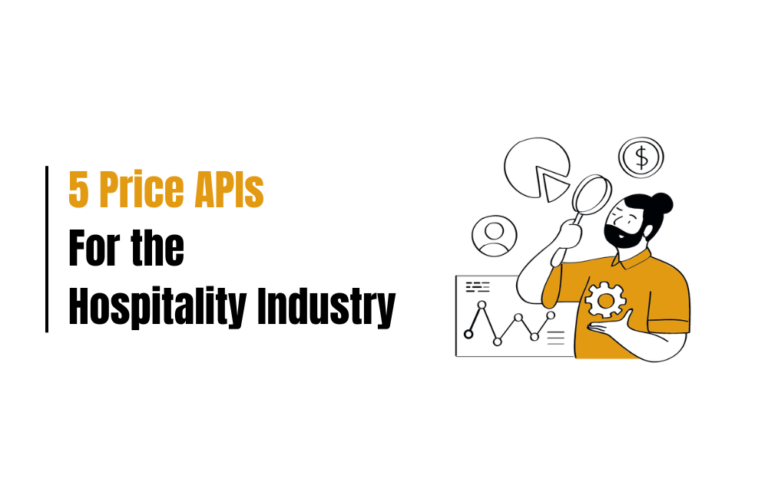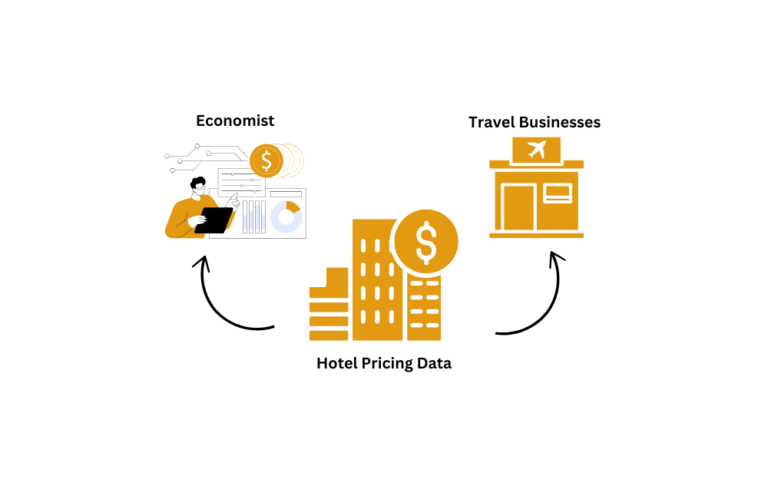Dynamic Pricing in Hotel Industry: Complete Guide + Examples
The hospitality industry has seen remarkable transformations over the years, but few innovations have reshaped it as profoundly as dynamic pricing.
Unlike static rates, dynamic pricing helps hotels adjust room rates in real-time based on factors like market demand, booking patterns, and competitor pricing. This approach doesn’t just help hotels stay competitive but also helps them thrive.
The power of dynamic pricing is backed by data. A 2014 study by GBTA revealed that 22% of operators in the tourism and hospitality industry were already using pricing intelligence software, achieving a 25% increase in profits and a 10% boost in gross margins.
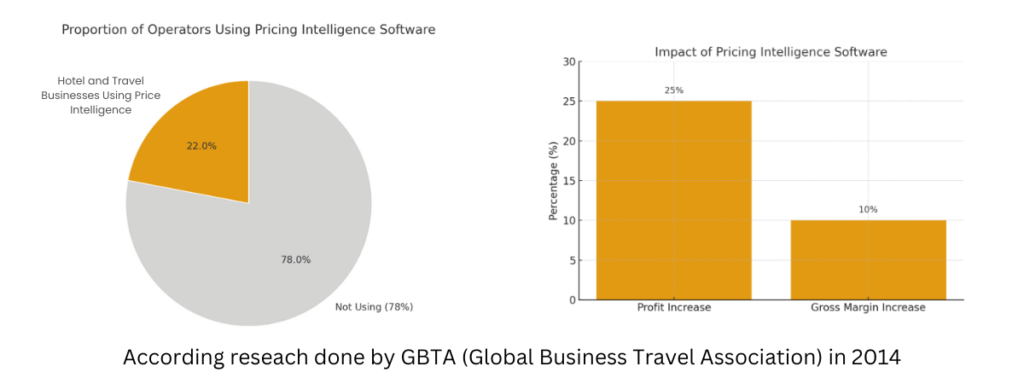
That was more than a decade ago. Today, with advancements in technology and market dynamics, this number has undoubtedly grown. If your hotel isn’t yet leveraging this strategy, you are missing out on substantial revenue opportunities.
In this article, we’ll explore everything you need to know about dynamic pricing: what it is, the types of pricing strategies in hotels, its key benefits, steps to implement it effectively, and the best tools to make it work seamlessly.
Let’s get started.
What is Dynamic Pricing?
Starting with the definition: Dynamic pricing strategy refers to a pricing approach where rates adjust dynamically based on real-time market demand fluctuations.
When the demand is high, a hotel can use a dynamic pricing strategy to charge higher rates. On the contrary, when demand slows down, rates will drop in an effort to capture and increase the higher occupancy rate.
It responds well to the increasing and decreasing demand as a given check-in date approaches and updates the rate as per remaining inventory and availability.
Let’s understand how a dynamic pricing can help increase hotel revenue.
Understand Dynamic Pricing With This Example:-
Let’s consider two different scenarios in the hotel industry to understand the power of dynamic pricing for hotel revenue management.
Scenario A: Off-peak Season

In this period, a city hotel has a high availability of 200 rooms. The demand is low, so the hotel reduces the rate from $200 to $100 per room, to encourage bookings. With this strategy, the hotel manages to sell 150 rooms, generating $15,000 in revenue.
Scenario B: Peak Season

In this period, a city hotel initially charges $100 per room. As demand spikes during a popular event, the hotel starts to fill up. After 100 rooms are booked, the hotel increases the rate to $150 per room. When the hotel has only 50 rooms left, the price further rises to $250 per room. Despite the increased rates, the limited availability and high demand ensure all rooms are booked, maximizing revenue.
So, now you know how implementing dynamic pricing in your hotel can help you achieve higher revenue. Let’s check out a few more advantages of dynamic pricing strategies.
Benefits Of Dynamic Pricing Strategy In Hospitality Industry?
1. Helps You Sell Rooms
The foremost advantage of the dynamic pricing model is that it helps you to sell rooms easily even when the demand goes down in your area.
Using a variable rate to attract and lure customers provides you the flexibility to keep your rooms booked.
2. Boost Hotel Occupancy Rate
A hotel with a dynamic pricing model can boost its hotel occupancy rate to a much higher level.
The rate you charge per hotel room in an effort to sell as many rooms as possible will determine your occupancy rate.
Thus, a fair price must be charged as per the demand and market conditions.
3. Maximizes Profits
Another benefit of implementing a dynamic pricing strategy in the hotel industry is that it maximizes your profit.
Ensuring that you get the most out of a room, generates higher revenue than possible in a particular scenario.
4. Customer Loyalty
It provides a sweet spot between charging enough so that you can make money while charging a fair price so you don’t lose customers to the competition.
It helps you to own customer loyalty while charging a decent amount that they are willing to pay.
As of now, you’re aware of how beneficial implementing dynamic prices in your hotel room is. Let’s learn how to do it.
How To Implement A Dynamic Pricing Strategy In Your Hotel?
Here is the step-by-step process of implementing a dynamic pricing strategy for your hotel:
1. Understand the Basics:
Before you can implement dynamic pricing, you need to understand its basic principles. This strategy involves varying your prices based on external and internal factors. It means you should be prepared to change prices often, even multiple times a day, in response to various triggers.
2. Analyze Your Market:
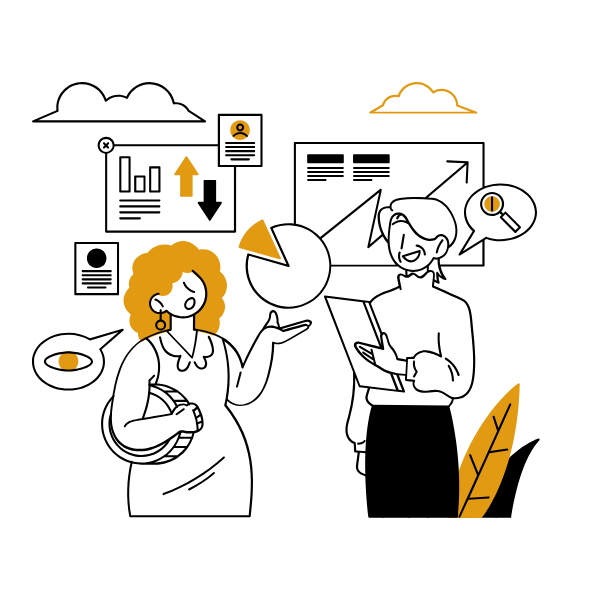
Thoroughly analyze your market and understand your competitor’s strategies. Use competitive set data to benchmark your prices against those of your direct competitors. Look at their pricing strategies in various market conditions.
3. Use Advanced Software:
To implement a dynamic pricing strategy effectively, you need the best hotel dynamic pricing software. Such software uses dynamic pricing algorithms and AI to predict demand and suggests optimal prices based on a variety of factors, including booking pace, local events, seasonality, competitor’s rates, and more. Utilizing these tools is essential for setting dynamic pricing as it can process large amounts of data much faster and more accurately than humans can.
4. Understand Your Guests:
Segment your customers based on various factors like booking channels, booking lead times, length of stay, etc. Analyze their price sensitivity and booking patterns. Understanding who your customers are and their purchasing behavior is crucial in setting the right price at the right time.
5. Set Pricing Rules and Restrictions:
Create pricing rules based on different scenarios. These could include rules for lowering or raising prices when demand reaches a certain level, specific booking conditions during high-demand periods (like minimum stay requirements), or last-minute discounts to fill unsold rooms.
6. Continually Monitor and Adjust:

Dynamic pricing is not a set-it-and-forget-it strategy. For getting optimum outcomes it requires constant monitoring and adjustments. Regularly review your pricing strategy, make adjustments based on its effectiveness, and test different strategies to see what works best. Keep an eye on the market and your competitors to ensure you’re not underpricing or overpricing your rooms.
To make better decisions, it’s important to explore various types of hotel APIs beyond just pricing, such as review and content APIs. The more comprehensive your data, the more informed your decisions will be. Check out these hotel API providers to access a wide range of insights.”
7. Train Your Staff:
Your staff, particularly those in sales and front desk roles, should understand your dynamic pricing strategy. They should be equipped to explain rate fluctuations to guests and handle any related inquiries or concerns. Providing training will ensure everyone is on the same page and can contribute to the successful implementation of your dynamic pricing strategy.
8. Be Transparent:
Price changes can lead to customer confusion or dissatisfaction if not handled correctly. Ensure your pricing is always transparent to your customers. Avoid hidden charges, and always clearly communicate what is included in the price.
So, now you are equipped with the know-how to implement dynamic pricing strategies to make it work effectively for you.
As previously mentioned, how monitoring competitor’s hotel pricing plays an important role in setting dynamic pricing, To make real-time hotel price monitoring easier for you in the following video we have explained how you can use Makcorps Hotel Pricing API to your advantage, so let’s check that out.
How Can Makcorps Pricing API Help You with Dynamic Pricing for Your Hotel?
Makcorps Hotel Price API instantly navigates through 200+ OTA platforms and provides you with accurate, real-time hotel pricing data from various OTAs.
But that’s not all for a comprehensive analysis.
Fret not, MakCorps also offers historical hotel prices data API that provides data from 2010 to the present.
By using this tool, you can gain a deeper understanding of current market price trends and competitor’s pricing.
With insight into what customers are willing to pay, you can optimize your pricing strategy to attract more guests and boost your business.
Makcorps Hotel Price API helps you save valuable time and money by collecting critical price-related data efficiently and effectively.
Overall, this software is user-friendly and delivers reliable, high-quality data, making it an essential tool for hoteliers looking to enhance their pricing strategies.
Wondering? how can you use MakCorps API to get hotel pricing data, check out the following tutorial:
Frequently Asked Questions By Hoteliers:
Why Is Price Fixing Such A Concern With Hotels?
Static pricing occurs when a hotel keeps the same room rates over a period of time.
This is a major concern for hotels as they are losing out on multiple opportunities to generate higher revenue.
Demand-based pricing helps hotels to maximize their profits as per the real-time market trend.
Is Dynamic Pricing Good For Consumers?
Yes, dynamic pricing is also good for consumers as it offers them the mobility to pay fair pricing at a given time.
Also, they can enjoy multiple discounts in offers when the demand goes down.
What Is The Biggest Concern With Dynamic Pricing?
The biggest concern for hotel years with dynamic pricing is the threat to lose early loyal customers who have paid the same flat rates for years.
Also setting a price that is fair in the public perception is quite challenging and concerning.
Why Is Dynamic Pricing Increasingly Popular In The Hospitality Industry?
Dynamic pricing ensures that you capture as much rate as possible, don’t sell out too early, and fill rooms at competitive prices even when the demand is slow.
This has helped hoteliers to generate more revenue while keeping a higher occupancy rate over a period of time.
Such attributes had made dynamic pricing increasingly popular in the hotel industry.
Why Do Hotels And Airlines Use Dynamic Pricing?
Hotels and the airline industry both work on guest behavior and market trends.
Dynamic pricing helps them to understand and gain a deep understanding of both terms effectively.
Also, it alleviates manual work from your plate to focus on more impactful strategy work.
Furthermore, generating higher profits through an effective dynamic pricing strategy has proved as a boon for both fields.
Conclusion:
Dynamic pricing strategy holds a lot of scope in the hospitality industry through which hotel years can benefit themselves in multiple ways.
Utilizing dynamic strategies, often aligned with yield management principles, helps optimize pricing and ensures you capture maximum potential revenue.
But, in order to make your dynamic hotel pricing strategy successful you need to keep certain factors in mind.
These factors include supply and demand, time of the year, target segments, and competitors.
You can use different types of softwares and methods as per the required situation and need to set optimal dynamic hotel pricing strategy.
Also, the introduction of smart technologies has replaced manual work with automated and efficient solutions.
Choose a suitable Hotel price API such as Makcorps for yourself that aligns well with your business strategy to get the most out of it.
